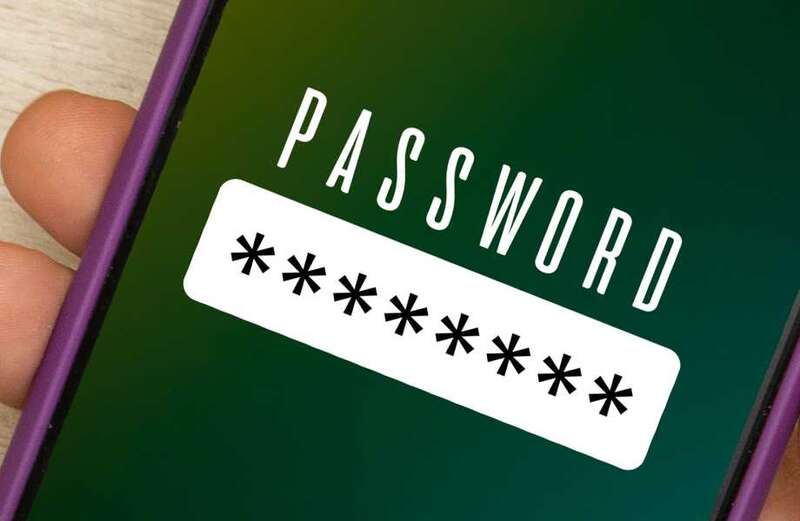PHONE users are struggling to keep up with dozens of passwords and creating a security vulnerability that criminals take advantage of — here's how to protect yourself.
With every different app, website, and email account requiring its own login information, the average person is tasked with juggling an ever-growing list of passwords.



And each sign in combination must adhere to different requirements, such as including a number instead of only letters, making it difficult to remember them.
The problem affects anyone who uses a phone — both iPhone and Android users.
When managing logins becomes overwhelming, users may suffer from something called "password fatigue," according to security software company Keeper.
 Pub delivers five-word response to critics of its 'slow' carvery service
Pub delivers five-word response to critics of its 'slow' carvery service
Password fatigue occurs when someone feels tired of inputting different passwords again and again, so they begin taking shortcuts.
To cut back on the number of passwords they must keep in mind, some people will store their information in a basic spreadsheet or repeat the same basic password in multiple accounts.
These memory-saving tricks tend to be very insecure, opening up the user to hacking or secret monitoring on their devices.
Criminals are familiar with these vulnerabilities and, once identified, are more than happy to take advantage of them.
Instead of cutting corners, phone users can protect themselves by looking into secure methods for managing their passwords across their logins.
HOW TO SECURE YOUR PASSWORDS
There are a few simple strategies and handy apps you can use to lock down your logins and passwords across your devices.
The most obvious way to organize your web security is with a password manager.
Password managers store all of your login and password info into one secure vault that can sign you into websites and apps on demand through a single login combo.
Several popular management programs are available for purchase or subscription online, such as 1Password, NordPass, and Dashlane.
Apple fans may be familiar with Keychain, the brand's built-in password manager.
 Millions of Android owners could slash 'vampire bills' – how to save money
Millions of Android owners could slash 'vampire bills' – how to save money
Using Keychain to manage your logins automatically saves your information to iCloud, allowing you to plug it into any Apple-enabled device.
Turning on Keychain can be done in just a few steps by heading to your device's settings and choosing the option under the iCloud tab.
Android users are in luck too.
Google offers its own password manager that automatically integrates with Chrome-enabled devices.
Anybody with a Gmail account or other Google login can easily access the program and use it across both their Apple and Android devices.
Tech-savvy users may be interested in deploying an SSO, or single sign-on authorization, to work like a password manager without using a third-party program.
And if you are just fed up with passwords in general — you can ditch them.
Many devices now incorporate passwordless authentication through fingerprint or face recognition readers.
These options allow users to access any app or website with their saved login information by simply touching or looking at their phones.


































